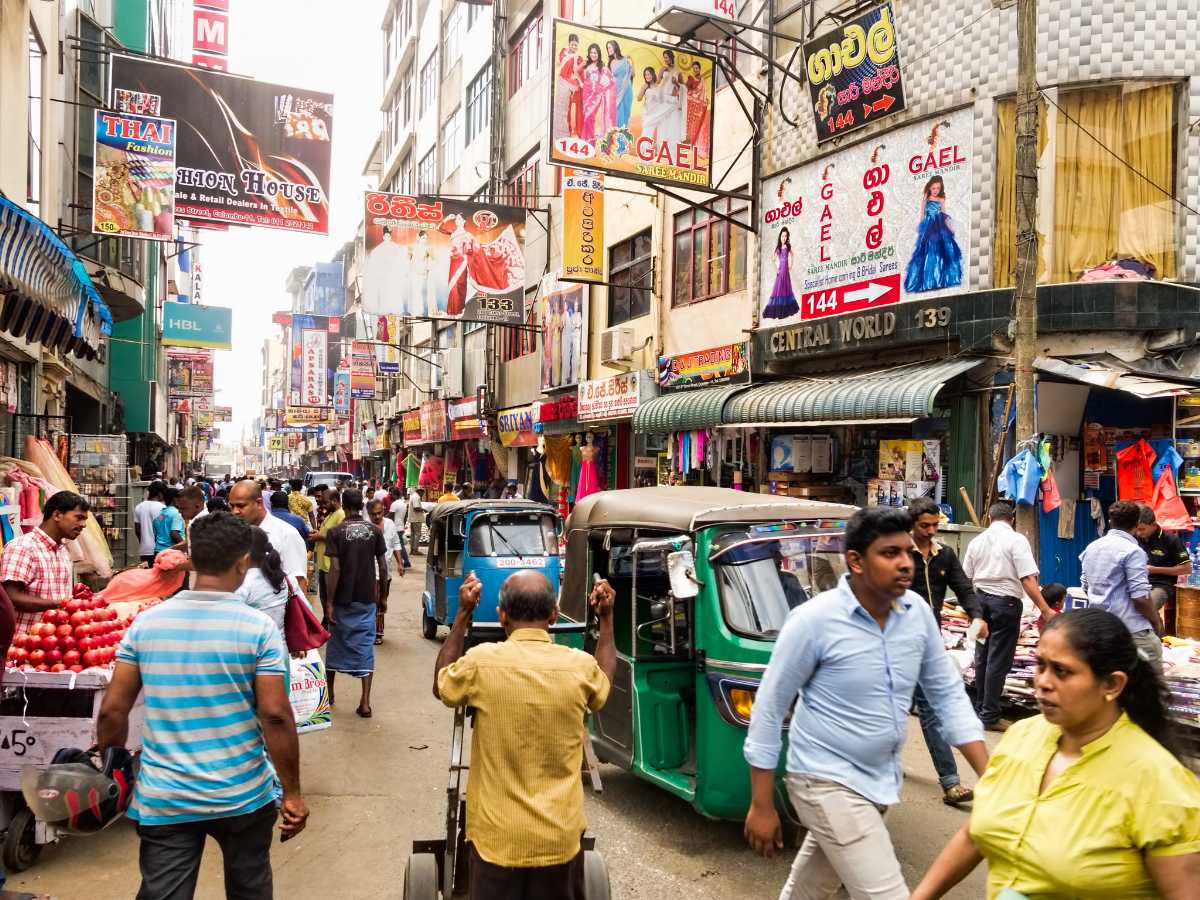Colors of Daily Life: Visiting Local Markets in Sri Lanka
Introduction
The local markets of Sri Lanka are living theaters of color, aroma, and sound — places where culture, cuisine, and community converge. From bustling city bazaars to quiet provincial stalls, these markets offer a glimpse into the daily rhythm of life on the island. Each visit unfolds as a sensory experience: fragrant spices, vibrant textiles, and the hum of friendly bargaining all weaving together to tell the story of Sri Lanka’s heritage and heart.
Kandy Market – A Feast for the Senses
Nestled in the island’s cultural capital, the Kandy Central Market bursts with life. Stalls overflow with fresh fruits, aromatic spices, and Ceylon tea, while the air fills with the scent of cinnamon, cardamom, and cloves. Visitors can sample traditional sweets, browse handcrafted wooden masks and jewelry, or chat with local vendors eager to share their craft and stories.
Beyond shopping, the market offers a unique chance to observe the interaction of everyday life — monks buying flowers for temple offerings, families selecting sarongs, and travelers learning about Sri Lanka’s famed spices directly from the source.
Colombo’s Pettah Market – A City Within a City
In the heart of the capital, Pettah Market stands as one of Sri Lanka’s oldest and busiest trading hubs. A labyrinth of streets unfolds into themed sections — one for spices, another for textiles, and others for gold, electronics, and produce. Here, Sinhala, Tamil, Muslim, and Burgher communities trade side by side, reflecting Colombo’s multicultural identity.
The market’s energy is contagious. Shoppers weave between hand-dyed batik fabrics, gleaming brassware, and shelves stacked with teas and Ayurvedic oils. Bargaining is part of the fun — vendors expect it, and it often leads to laughter and friendly conversation.
Markets Beyond the Cities
Outside the main urban centers, smaller weekly village markets (polas) offer a slower pace and closer connection to rural life. In towns like Matale, Galle, and Dambulla, these gatherings blend commerce and community — farmers selling vegetables, artisans displaying handloom cloths, and families gathering to share stories over cups of sweet milk tea. These markets remind visitors that Sri Lankan trade is still deeply personal, sustained by relationships and tradition.
🛍️ Suggested Cultural Experience Plan
Day 1 – Kandy Market & Spice Souvenirs
Morning exploration of Kandy Central Market; buy spices, teas, and local snacks. Afternoon visit to a nearby handloom or batik shop.
Day 2 – Colombo Pettah & Street Food Walk
Guided stroll through Pettah Market’s lanes. Taste local short eats like samosas and hoppers. End the day with tea tasting at a heritage café.
💶 Pricing & Packages
| Experience Type | Duration | Price / Person (€) | Inclusions |
|---|---|---|---|
| Kandy Market Guided Tour | Half-Day | €40 | Local guide, tastings, refreshments |
| Colombo Pettah Experience | 1 Day | €85 | Market walk, lunch, tea tasting |
| Sri Lanka Market Discovery | 2 Days / 1 Night | €180 | Both city tours, hotel, meals, transfers |
🌸 Practical Tips
Best Time to Visit: Morning hours for fresh produce and lively trade.
Bargaining: Negotiation is expected; smile and engage politely.
Bring: Small cash, reusable bags, and an appetite for street snacks.
Souvenir Ideas: Spices, teas, batik fabrics, handloom scarves, and wood carvings.
Cultural Note: Always ask before photographing vendors or stalls.
Conclusion
To visit Sri Lanka’s local markets is to witness the island’s heartbeat — the warmth of its people, the richness of its culture, and the artistry of its daily life. Every spice sack, fabric roll, and smiling exchange speaks of stories passed through generations. Whether wandering Kandy’s aromatic stalls or navigating the bustling maze of Pettah, travelers leave not just with souvenirs, but with memories wrapped in color, conversation, and connection.


.jpg)
.jpg)
.jpg)
.jpg)
.jpg)
.jpg)
.webp)
.jpg)
.webp)
.jpg)
.webp)
.jpg)
.jpeg)